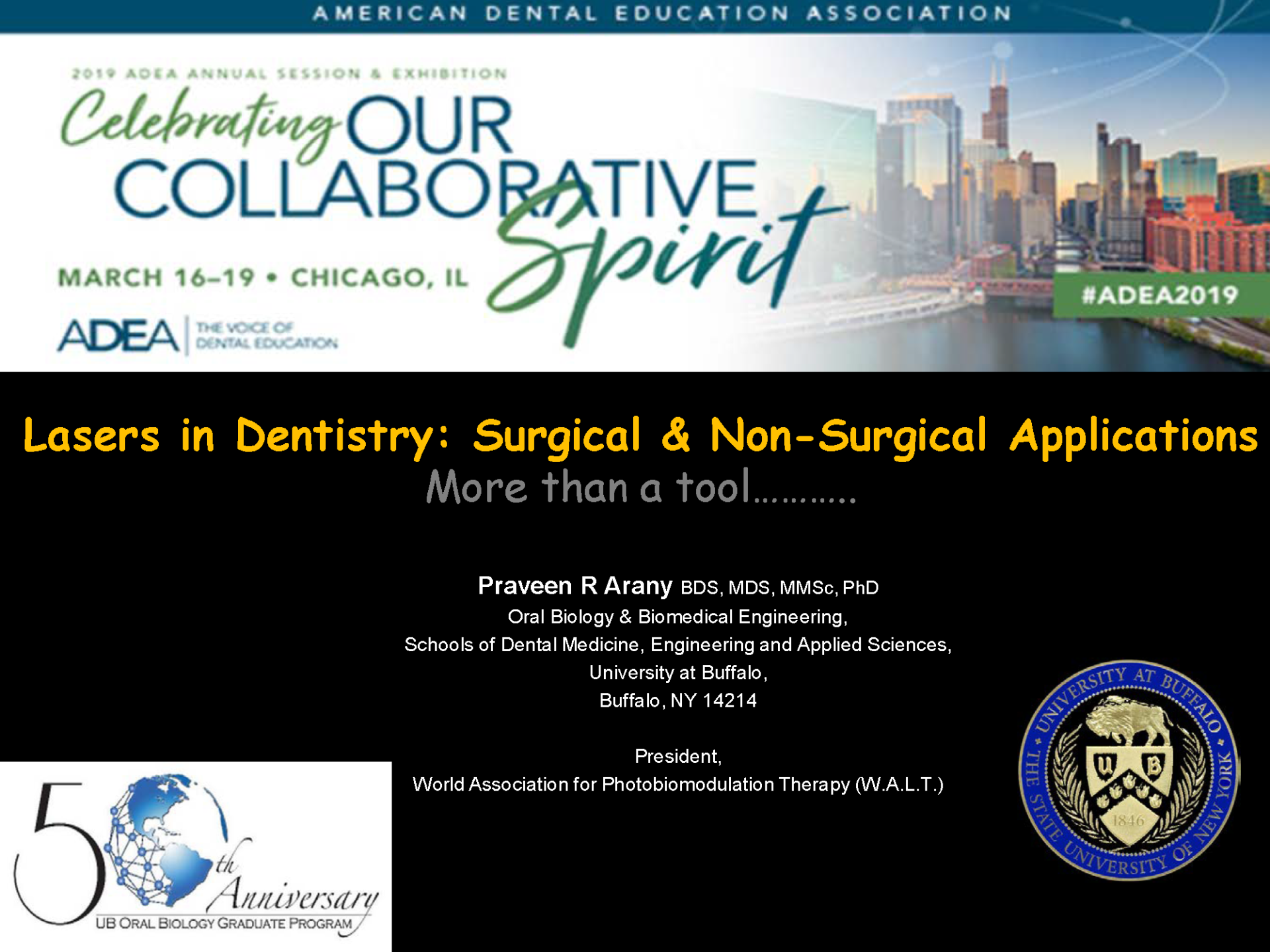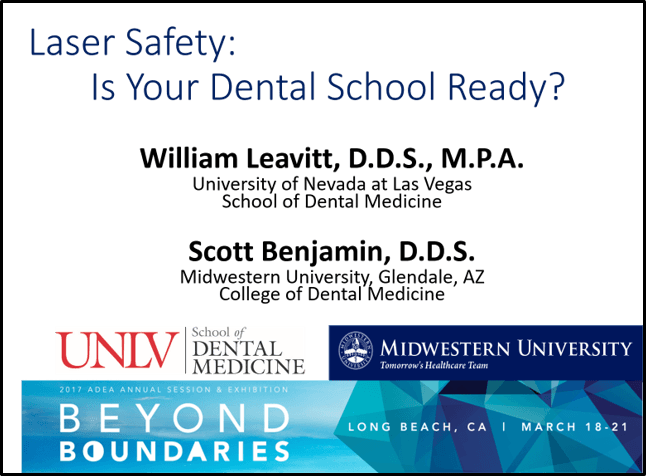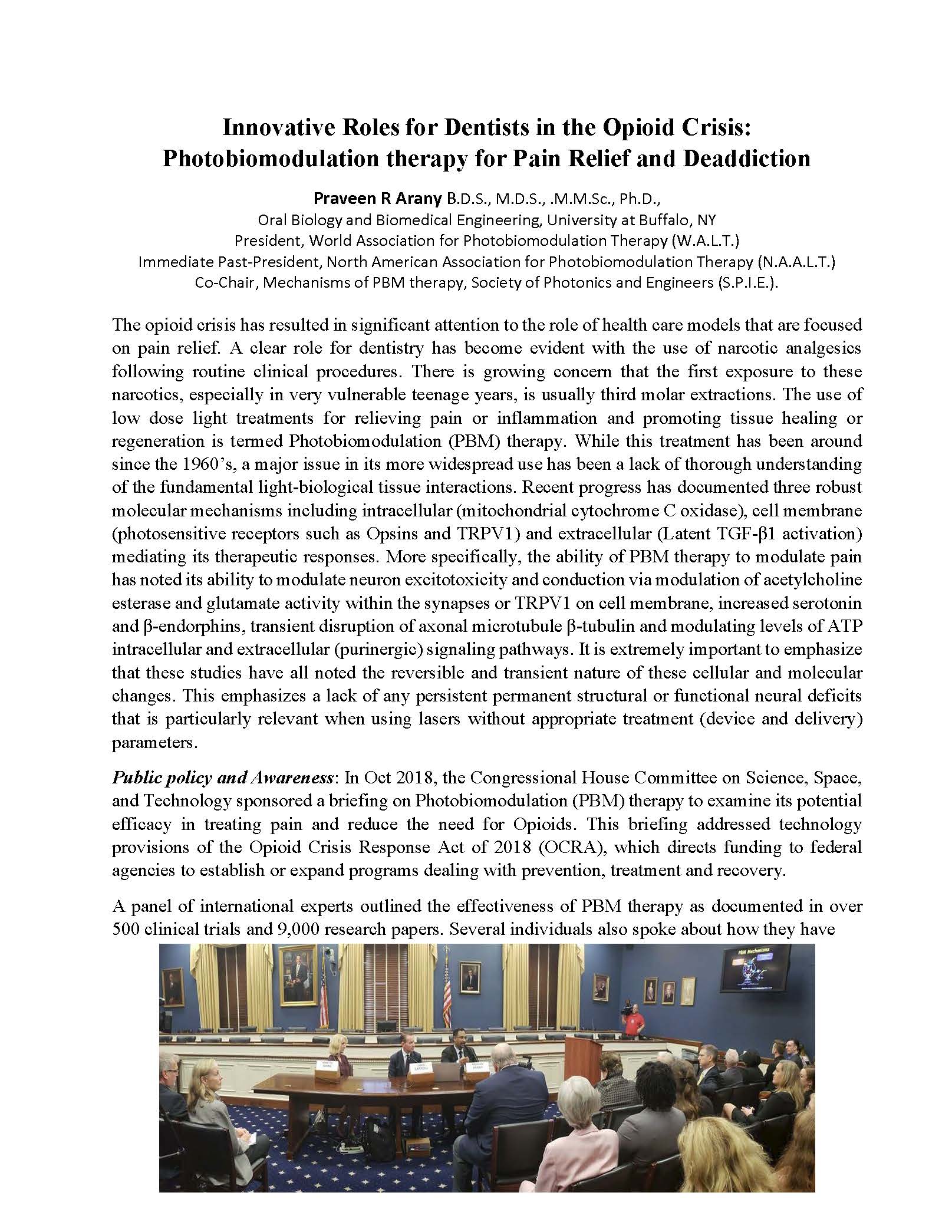ANSI Z136.1(2014) American National Standard for the Safe Use of Lasers is the parent document of the laser safety standards, the Z136.1 and is the foundation of laser safety programs for health care, industry, military, research, development (labs), and higher education (universities). Z136.1
provides guidance for individuals who work with Class 3B and Class 4 lasers and laser systems.
It provides a practical means for establishing a laser safety program to protect institutions, employers, facilities, and personnel from beam hazards such as, potential injury to the eye and potential injury to the skin. Additionally, this standard provides guidance on non-beam hazards such as, fire, exposure to air contaminants, hazardous gases, and solvents. The Z136.1 standard also includes engineering, administrative, and procedural controls, including protective housing, standard operating procedures (SOPs), personal protective equipment (PPEs), warning signs and labeling requirements.
The Z136.1 parent document also provides technical information on measurements, calculations, biological effects, as well as, laser and laser systems hazard classifications. The duties and responsibilities of the Laser Safety Officer (LSO), education, training requirements, and when medical examinations may be necessary.
This document can be purchased from the Laser Institute of America at www.LIA.org/store












